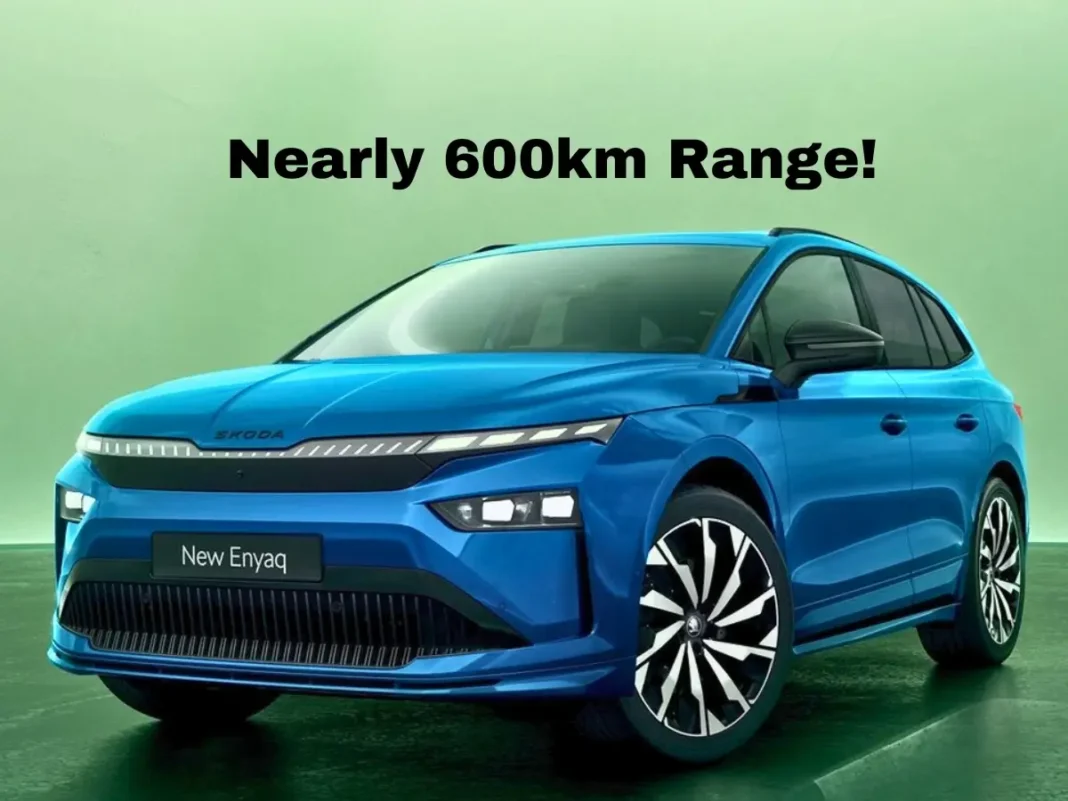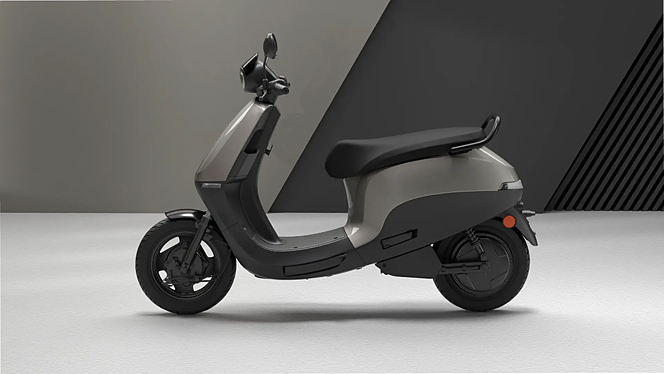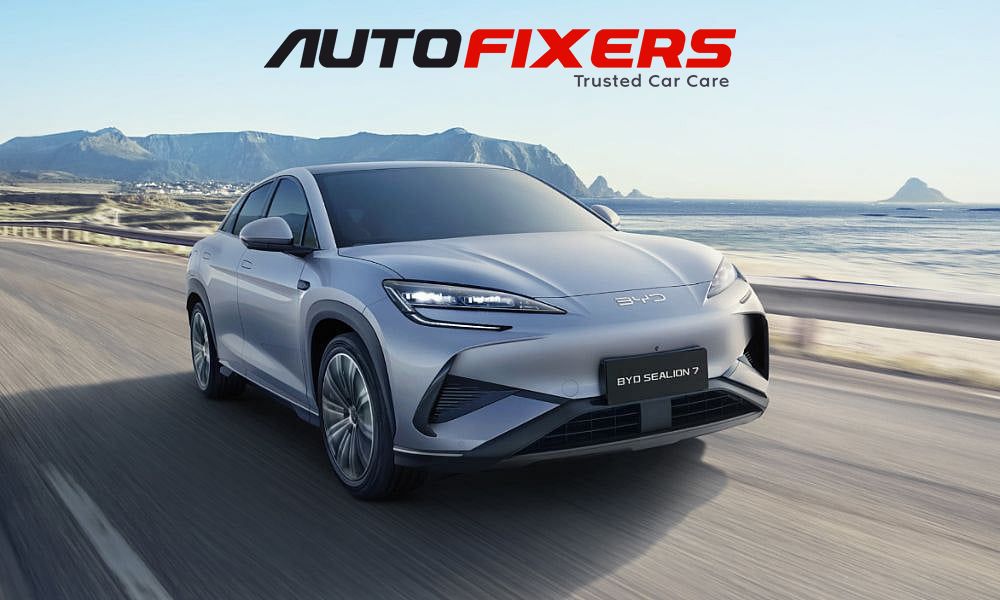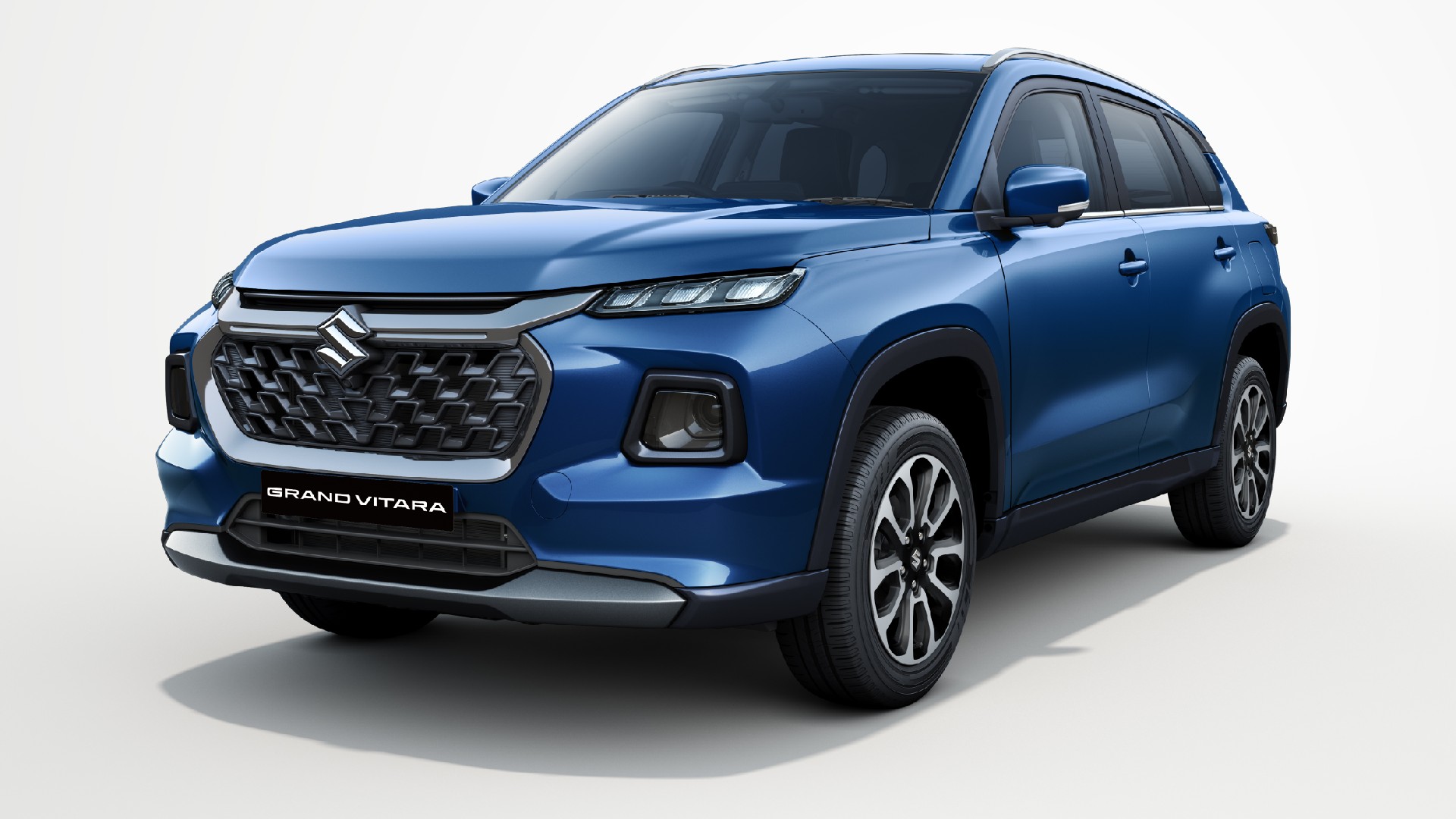
Tata Motors has announced that it will unveil the Harrier EV on June 3. This announcement follows the reveal of the production version of the Harrier EV at the 2025 Auto Expo in January. Since then, Tata has been actively sharing teasers to generate excitement leading up to the launch.
- New terrain modes and V2L charging capabilities will be available.
- The exact battery capacity and electric motor output have not been disclosed yet.
- The expected price range for the Harrier EV is between Rs 25 lakh-30 lakh, ex-showroom.
Tata Harrier EV Exterior Design Highlights
Overall Design Similarity

The Tata Harrier EV closely resembles its diesel counterpart, the Harrier facelift. It features vertically stacked LED headlights located below the blade-like daytime running lights (DRLs), complemented by a full-width light bar. The side profile showcases recognizable design elements such as prominent wheel arches and a rising window line that connects with the thick black D-pillar, giving a floating roof illusion. The rear design continues the trend with a connected light bar and vertically mounted fog lamp housings on the bumper.
Distinctive EV Features
The front of the Harrier EV features a distinctive sealed upper grille, while the bumper showcases a chrome-trimmed air dam similar to the Curvv EV, which neatly accommodates the radar sensor. Tata has yet to announce the specific sizes for the aerodynamically designed “serrated turbine blade wheels,” but options from 17 to 19 inches are anticipated. Additional distinguishing features include the ‘.EV’ badge on the front doors and ‘HARRIER.EV’ lettering on the tailgate, along with silver-finished body cladding for a striking contrast.
Tata Harrier EV Interior Details
Features Carried Over from the Harrier Facelift
A teaser video released in March revealed numerous interior similarities with the current standard Harrier. The interior boasts a two-tone dashboard and touch-based climate controls. Key features include a floating touchscreen, a digital instrument cluster, and a four-spoke steering wheel, all reminiscent of the Harrier. The central console still hosts the rotary dial for terrain modes, an electronic parking brake control, and a panoramic sunroof. Furthermore, the Harrier EV will introduce new terrain modes, connected car capabilities, and the advantage of over-the-air updates.
Tata Harrier EV Platform, Battery, and Performance
Built on the Acti.ev Platform
The upcoming Harrier EV is based on the same Omega architecture used for the Harrier ICE, but significantly modified for electrification. With adaptations to the chassis, a redesigned floor to accommodate the battery, and a new electrical framework, Tata refers to this upgraded platform as the Acti.ev (Gen 2) architecture. This approach mirrors the strategy used for the Punch ICE, where the Alfa platform was redesigned for the electric variant.
Powertrain and Range
Transforming the front-wheel drive Harrier diesel to an all-wheel drive would require major engineering adjustments, particularly for a rear driveshaft installation. In contrast, the Harrier EV makes achieving all-wheel drive simpler by adding an electric motor at the rear. As previously stated by Vivek Srivatsa, chief commercial officer of Tata Passenger Electric Mobility, the Harrier EV will feature a high-performance rear axle-mounted motor with a peak torque output of 500Nm.
While Tata has not released official specifications for the Harrier EV’s battery, it is expected to exceed the Curvv EV’s 55kWh capacity. It has been confirmed that the Harrier EV will offer a real-world driving range of over 500km, based on Tata’s C75 range test cycle.
Also See
Now is the right time to introduce 4WD, says Tata’s Vivek Srivatsa
Tata Harrier EV launch confirmed for FY2025





